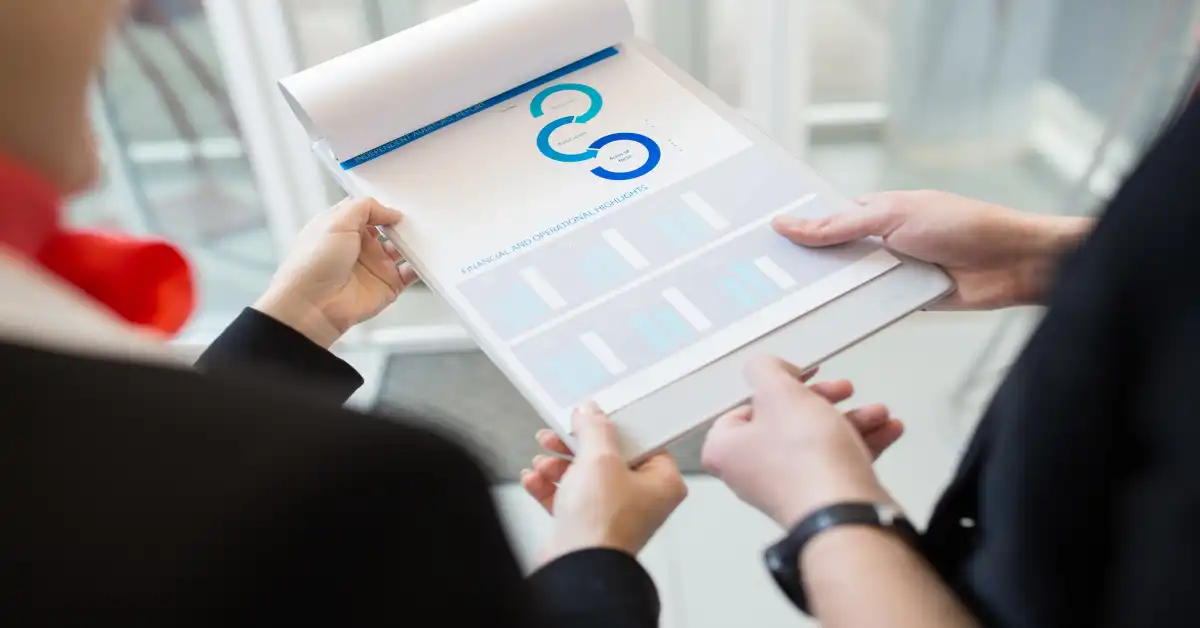Understanding Balance Sheets: A Guide for Business Owners

Understanding your company's financial situation as a business owner is critical to making wise choices and ensuring long-term success. The balance sheet is one key financial summary that you need to understand. An overview of the financial situation of your company at a certain point in time is provided by the balance sheet. The basics of balance sheets, their significance and how to understand and interpret them are covered in this guide.
What is a balance sheet? The assets, liabilities and capital of the company are shown in the balance sheet, which is a financial statement. Because it balances the company's assets, liabilities, and equity, it is known as the balance sheet. Liabilities are what a company owes others, while assets are what it owns or is entitled to. A shareholder's ownership stake in a company represents its capital.
How important is the balance sheet? Because it provides a summary of a company's financial situation at a particular point in time, the balance sheet is significant. It can be used to assess an organization's liquidity, leverage and sustainability. The balance sheet is a tool used by creditors and investors to assess the financial health of a company and decide whether to lend or invest money in it.
How to study and understand a balance sheet: Understanding the different parts and how they relate to each other is key to reading a balance sheet.
Assets: All the resources that the company owns and can use to generate income are listed in the assets section of the balance sheet. The most liquid asset is usually mentioned first in the list of assets arranged by liquidity.
Common assets are things like:
- Current assets: things like cash, accounts payable, and inventory that can be turned into cash within a year.
- Fixed Assets: Assets such as real estate, manufacturing plants, and equipment that are used to generate income over a long period of time.
- Intangible assets: These include things like patents and trademarks that do not have a physical form.
Liabilities: All the company's debts to third parties are listed in the liabilities part of the balance sheet. Additionally, liabilities are ranked in order of liquidity, with the most urgent liabilities appearing first. Some typical risks are:
- Current liabilities: Debts that are payable within a year and short-term debts fall into this category.
- Long-term liabilities: Debts with an extended repayment period, such as bonds and long-term loans.
Equity: The portion of the business owned by shareholders is shown in the equity section of the balance sheet.
Total liabilities are subtracted from total assets to determine this.
Common Stock: The total amount of money raised by the sale of common stock is one example of a common equity item.
- Common Stock: The total amount of money raised from the sale of common stock.
- Retained Earnings: Profits earned by a company over time that are not distributed to shareholders as dividends.
How to read the financial statement:
Once you are familiar with the different components of the balance sheet, you can use it to assess a company's financial position.
Here are some key factors to consider:
- Current ratio: The current ratio is determined by subtracting current liabilities from current assets. This number reveals the company's ability to meet its current obligations.
- Total liabilities divided by total equity gives the debt-to-equity ratio being measured. This number reveals the level of financial leverage of the company.
- Net income is divided by total equity to determine return on equity (ROE). This ratio shows how much money the company earns for every euro invested in shares.
Business owners who want to make educated decisions about their company's financial health need to understand balance sheets. You can use this financial report to make strategic decisions that will result in long-term success if you understand the different parts of the balance sheet and the important metrics used to evaluate it.
Related Posts

Upravljanje troškovima putem analize troškova po aktivnostima
Upravljanje troškovima je ključni aspekt svakog uspješnog poslovanja. Bez pravilnog praćenja i analize troškova, poduzeća…

Kako Voditi Knjige za Paušalni Obrt: Vodič za Poduzetnike u Hrvatskoj
Dobrodošli u naš sveobuhvatni vodič Kako Voditi Knjige za Paušalni Obrt. U ovom članku, detaljno…
